Økonomibygningen (The economics building) is one of the three school buildings that were constructed for the start of the academic year in 1859. The buildings form a naturally symmetrical courtyard around Tuntreet (the courtyard three), a linden three that was planted in May 1864.
Økonomibygningen was completed in 1897. This two-story masonry building features a full basement and a loft. It served various purposes, including housing household rooms, kitchens, dining areas, living quarters, and administrative offices. The building’s architecture features symmetrical facades, large windows, and a slate roof. Unfortunately, the southern wing of the building (formerly known as “Fløybygning”) burned down in 1895.
The basement housed various household rooms, including a brewery, bakery, a rough kitchen, and a freezer room. There were specific rooms for the bookkeeper, as well as a bathroom with two sinks and three changing rooms.
On the first floor, you’d find a kitchen with a preparation area.
There was a dining room for farmhands and laborers.
Rooms were allocated for the main housekeeper, two girls, and living quarters with five rooms for the bookkeeper.
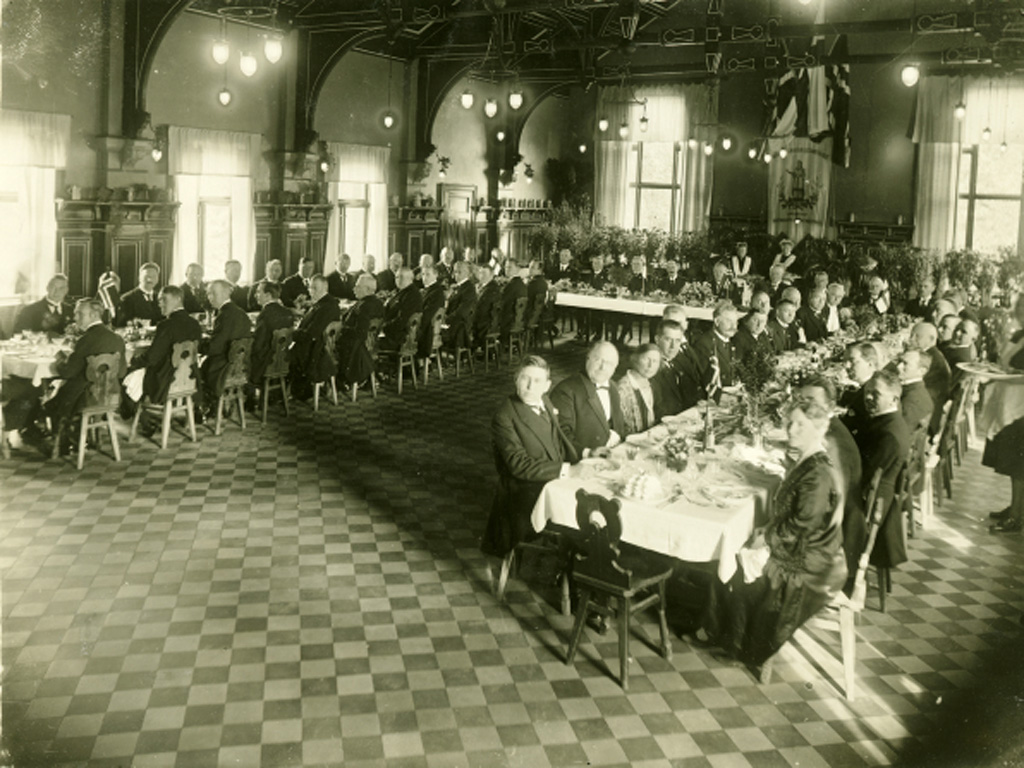
The second floor featured a large dining hall for students, accommodating up to 122 seats. Additionally, there was a smaller dining room for visitors, an additional preparation room, three bedrooms for travelers, a meeting room for the school council, and three offices.
The dining hall was spacious, well-lit, and surprisingly warm despite its high ceiling. The floor tiles were easy to clean and gave the hall a neat appearance.
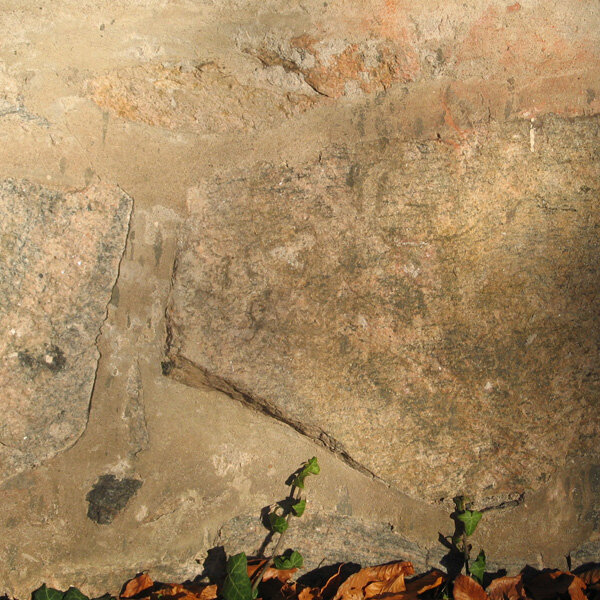
The building was erected as a new building, partly on an old foundation and partly on a new one. The old foundation wall consists of dark natural stone with flat, irregular mortar furrows.
In the new section, the material is still natural stone, but the stone is more regular, and the grout are protruding.
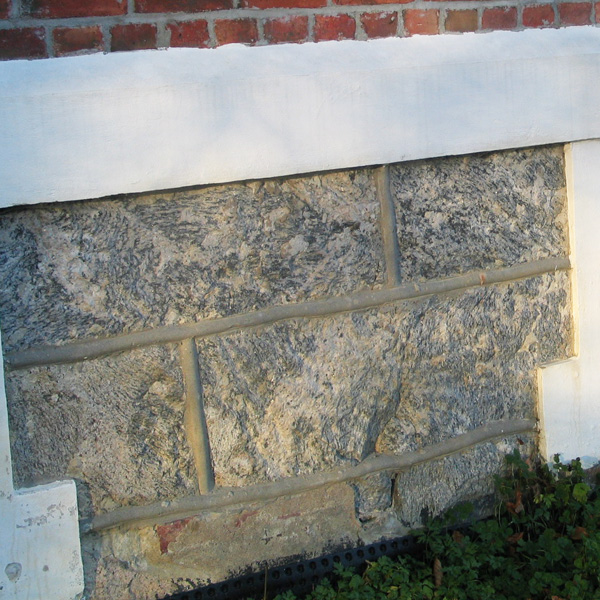
The building uses red bricks in standard format, laid in block bond and with protruding grout. The basement, first floor, and part of the second floor have an internal central load-bearing wall for floor separation. The dining hall in the eastern part of the second floor is open to the roof, which is supported by six regularly spaced cantilevered structures of the beam type. The roof is a typical pitched roof covered with slate - lappheller.
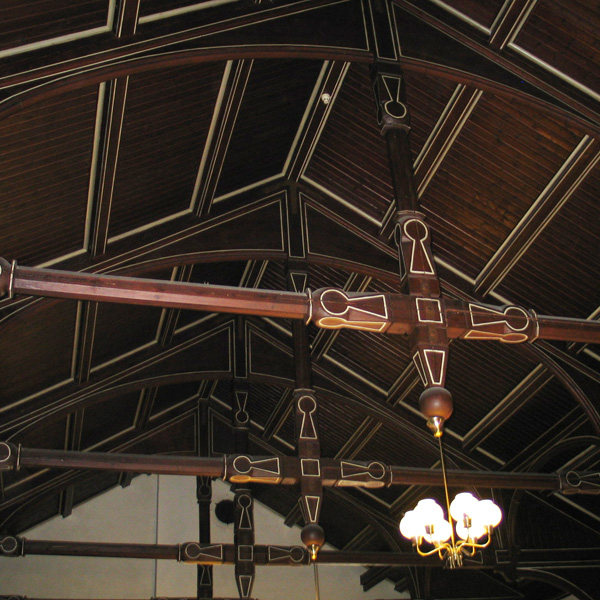
The building is exactly four times longer than it is wide and is covered by a gable roof at an angle of approximately 30 degrees. Facing the courtyard, there are three wings that extend about three meters forward. The broad and representative central part leads to the dining hall and the guest section.
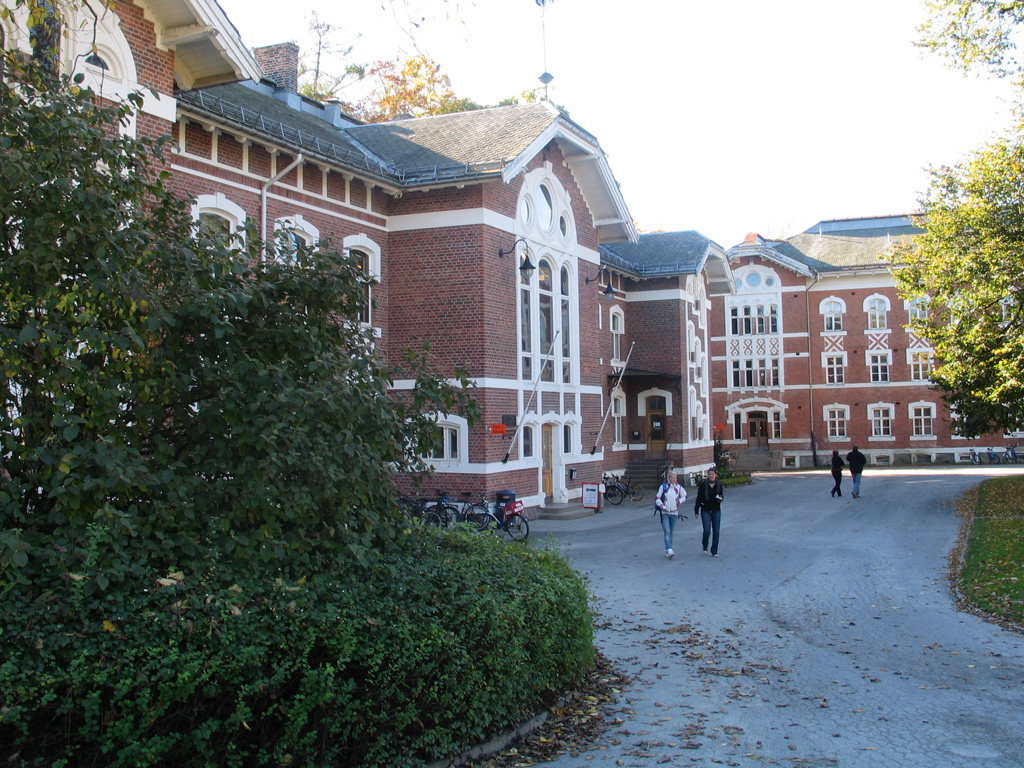
The eastern entrance led to the household section, and the western entrance went to the administrative section. There are still iron rings in the wall for parking horse carriages.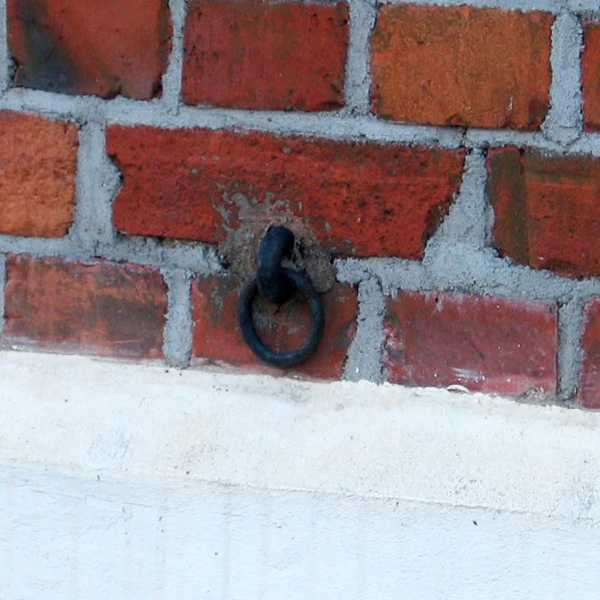
The eastern facade showcases the range from the housekeepers simple room and windows to the magnificent windows of the representative dining hall. The southern and western facades are plain and symmetrical, with two axially placed rows of windows.
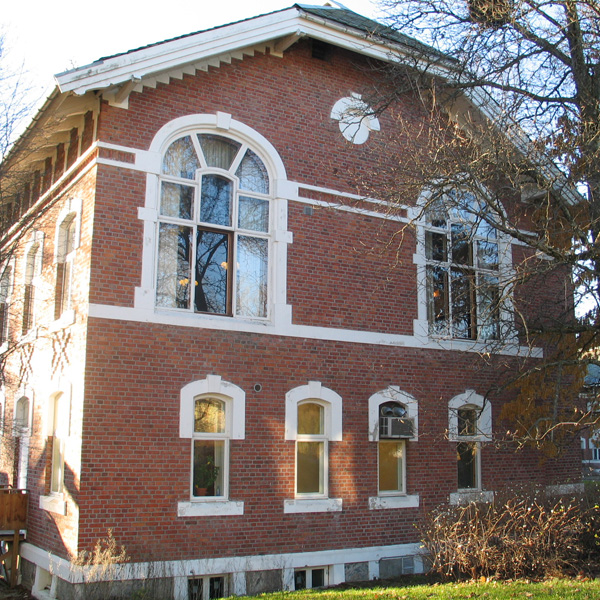
In the facade, there are two horizontal bands that encircle the entire building. The upper one indicates the division between the second floor and the loft and is formed by two narrow plastered sub-bands with a notched, vertical bricks between.
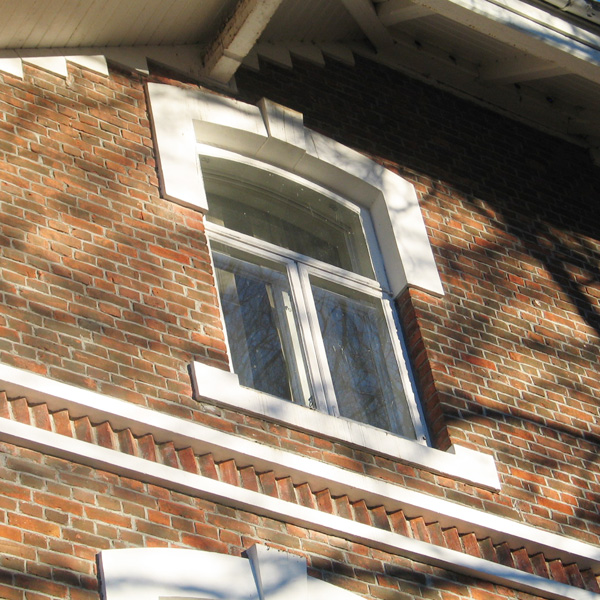
On the facade projection with large windows, this transitions into a broad continuous plastered band that defines the sill height for the arched windows; this is on the north and east sides. The plaster details are incorporated into the structure through vertical plaster stripes from the upper facade band up to the rafters. On the gable wall, there are triangular plaster surfaces as a step-down below the roof’s slope. The lower band marks the transition from the gray stone surfaces of the foundation to the brick facade. It is formed by three courses of stone that are pushed forward and plastered.

The facade openings are also framed by plaster details. The dominant window type on the south, east, and west facades is a two-panel cross-post window. They have a low, arched upper frame with plastered trim down to the transom height. The frame has sharp corners and a simulated keystone at the top. The windows are stacked vertically with an intermediate embellished sill. The first-floor windows facing east can be described as a narrowed single-frame variant of the mentioned standard window type.".
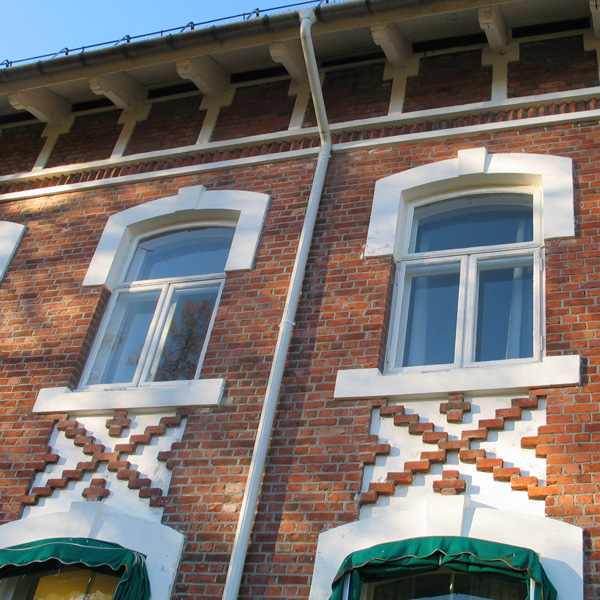
The northern facade is the main facade and is therefore richly decorated. The imaginative ascending windows in the stairwells serve as markers for the stairs on the inside, while the central area opens up generously and welcomes visitors.
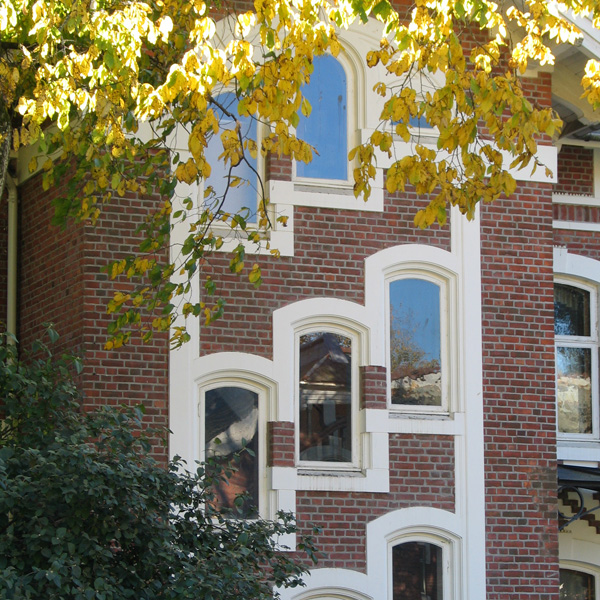
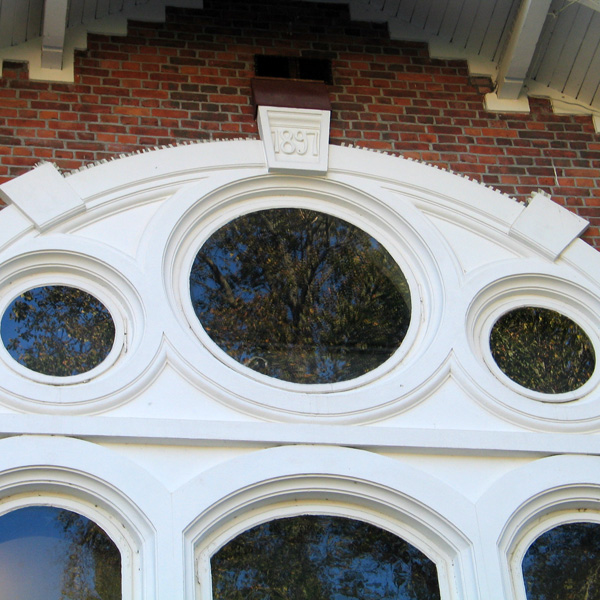
The characteristic three round windows at the top recur in various variations in Sverre’s buildings on campus.

The dining hall in Økonomibygningen hav been used as a cantine for longer periods. Photo: from 2007, Kjersti Sørlie Rimer.
Information sourced from the book ”Bygninger ved Norges landbrukshøgskole tegnet av Ole Sverre” written by Erik Aas jr. in 1996.
